How to Make the Best Soil Block Mix for your Seedlings
Soil blocks are a fantastic alternative to traditional seed-starting methods. They’re environmentally friendly, reduce transplant shock, and promote healthier root development. To ensure your seedlings get the best start, it’s crucial to use a high-quality soil block mix. Let me show you my secret recipe for soil-blocking success!
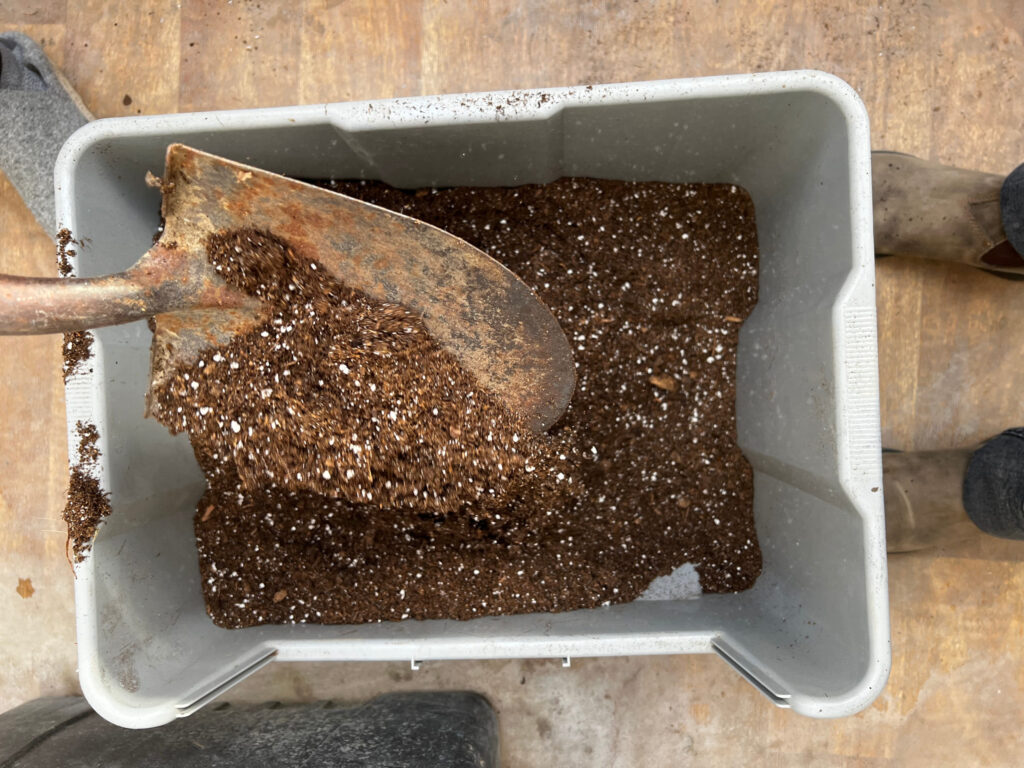
The Ultimate Peat-Free Soil Blocking Recipe Mix
Soil blocking is a gardening technique that utilizes compact blocks of soil instead of traditional pots. It’s an eco-friendly alternative that promotes healthier plant growth. If you’re looking to create the perfect soil-blocking mix, we’ve got you covered. Our recipe includes peat-free soil/compost, wool, and cinnamon, offering a nutrient-rich and sustainable option for your plants.
Over the years, we have tried so many soil mixes when it comes to seed starting. From complex blends that involve tons of ingredients, expensive soils etc. For the past few years, now, we have simplified our mix and have had consistently great results!
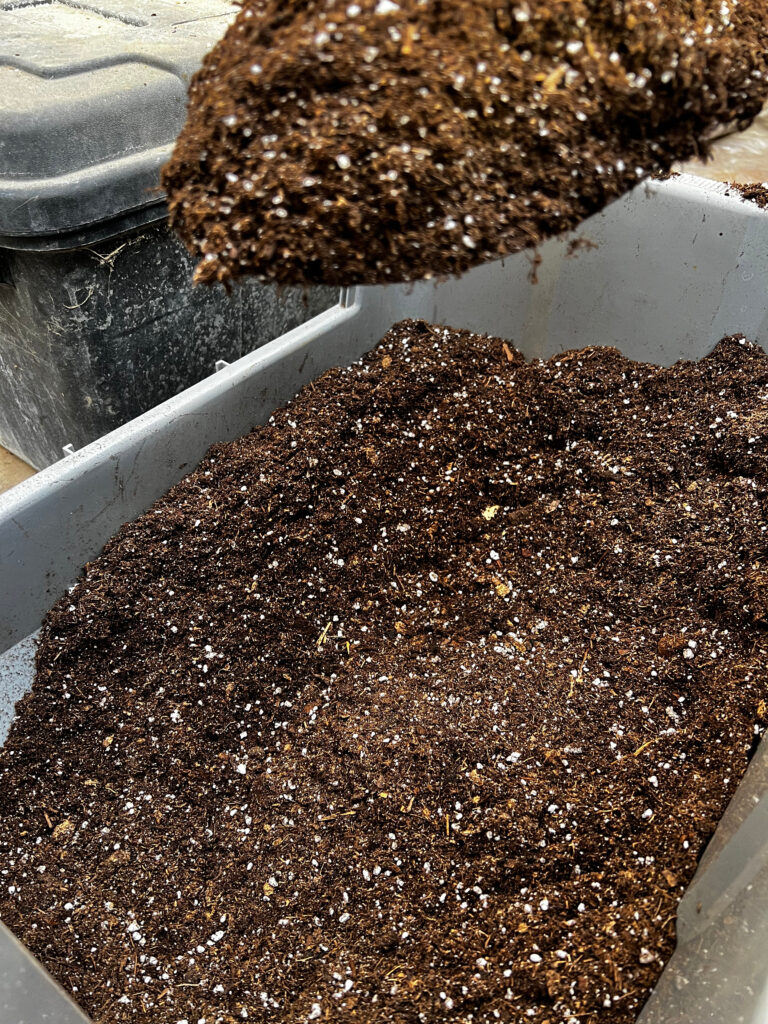
Effective Soil Blocking and Seed Starting Practices
I want to equip you with all of the tools you need now that summer is in full swing! I have two more blogs dedicated to helping you through this process: Soil Blocking 101 and The Best Soil Blocking Equipment.
Whether you are creating soil blocks or have some plastic tray blocks to use up, this mix will work! We just prefer soil blocking because it saves so much space in our greenhouse the trays we use from Bootstrap Farmer are super durable, able to be washed and sanitized in the dishwasher, stacked up and stored away, and reused over and over again. I also really love the mesh trays for bottom watering my blocks.

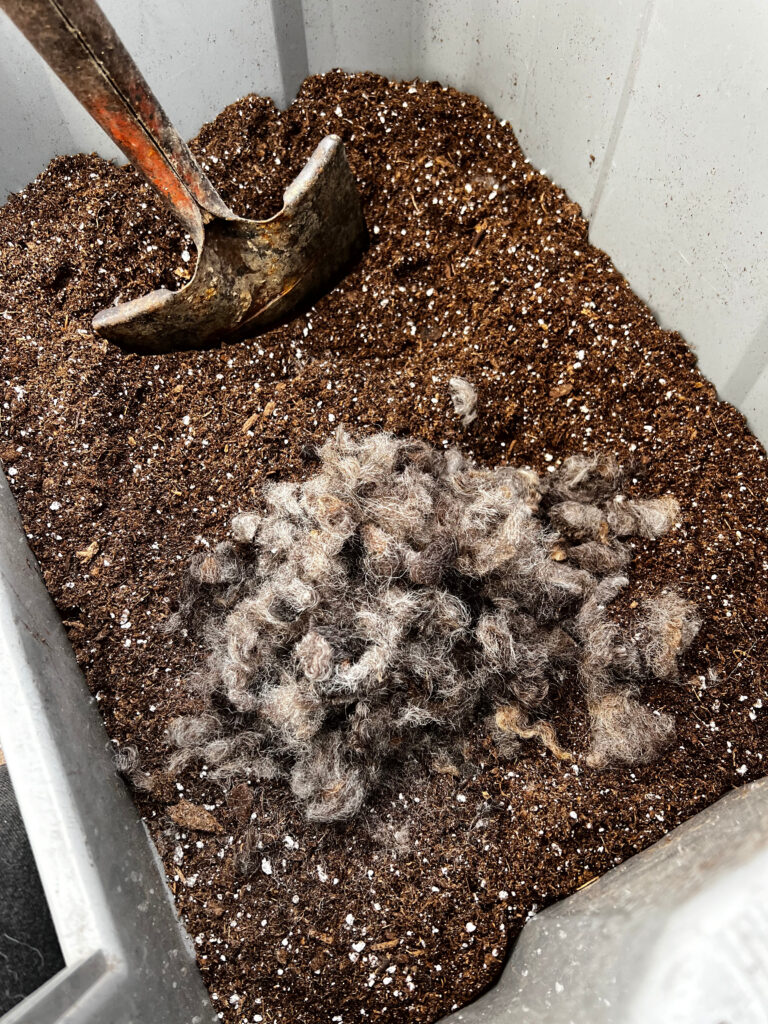
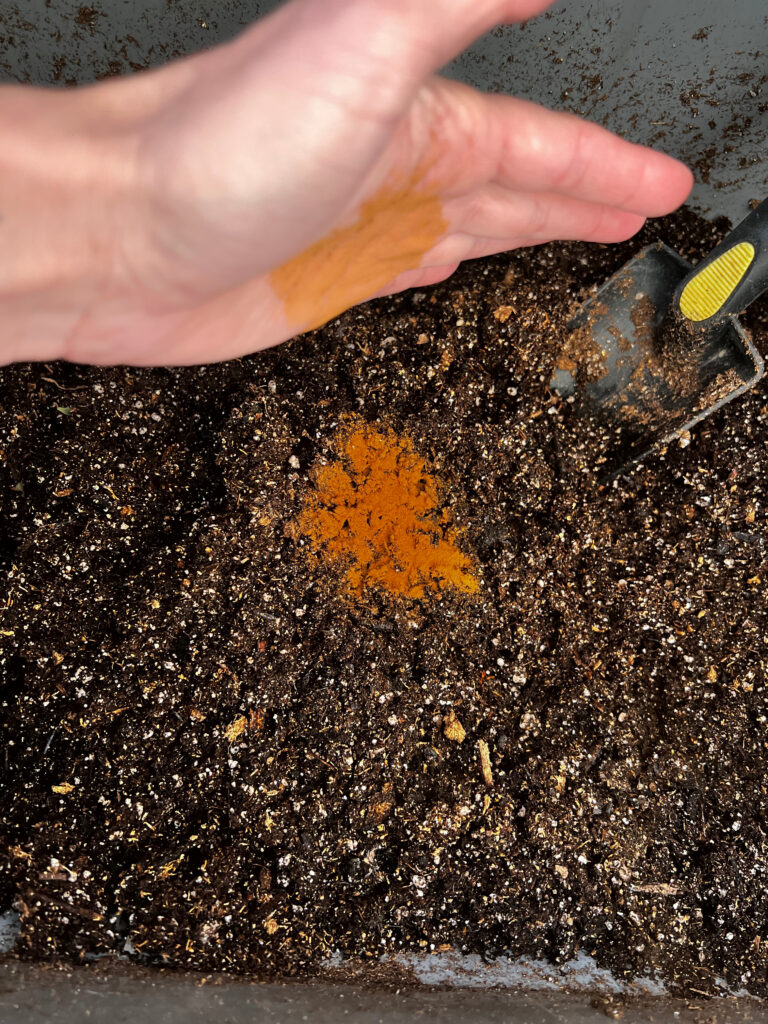
Making your own Soil Mix:
Materials Needed:
- 1 large bin to hold the mix
- Large shovel or any gardening tool you would like to use to combine the mixture. Check out my favorite tools here!
Ingredients
- Peat-free soil/compost: Peat bogs are valuable ecosystems, and using peat-free alternatives helps conserve them. Look for a high-quality, peat-free soil or compost blend. I have been able to find my favorite peat-free Fox Farm Cocoa Loco soil at our local Home Depot. This has a bit of coconut coir in it already, too.
- Wool: Wool is an excellent addition to soil-blocking mixes. It retains moisture, improves soil structure, and provides nutrients as it decomposes. Use clean, natural wool without any dyes or chemicals. We happen to have wool around after we sheer sheep and have started using it in our mixes to help with moisture retention. If you don’t have access to wool, you could also use the same amount of coconut coir. Also sold in garden centers to help with moisture and soil structure. Or you can find wool pellets online.
- Cinnamon: Cinnamon is a natural fungicide and can help prevent damping-off disease in seedlings. It also adds a pleasant scent to your soil mix.
Printable Instruction Card
Soil Blocking Mix Recipe
Equipment
- 1 Bin
Ingredients
- Peat-free soil/compost
- Finely shredded wool or coconut coir
- Ground Cinnamon (about 1 tsp per gallon of soil mix)
Instructions
- Fill a large container or bin with peat-free soil/compost. Use a mix that is well-draining but moisture-retentive.
- Add finely shredded wool or coconut coir to the soil mix. Aim for a ratio of about 1 part wool to 10 parts soil.
- Sprinkle a small amount of ground Cinnamon (about 1 teaspoon per gallon of soil mix).
- Mix everything together well so that the cinnamon and wool are evenly distributed. Then add enough water to make your mix about like the constancy of peanut butter. (2.5-3 Parts)
Benefits of this Recipe:
- Eco-friendly: By using peat-free soil/compost, you’re helping to protect peat bogs and reduce carbon emissions.
- Nutrient-rich: Wool provides slow-release nutrients to your plants, promoting healthy growth.
- Disease prevention: Cinnamon acts as a natural fungicide, reducing the risk of damping off disease in seedlings.
Creating your soil-blocking mix using peat-free soil/compost, wool, and cinnamon is a sustainable and effective way to support healthy plant growth. Not only does it benefit your plants, but it also helps protect the environment. Give this recipe a try and watch your garden thrive!
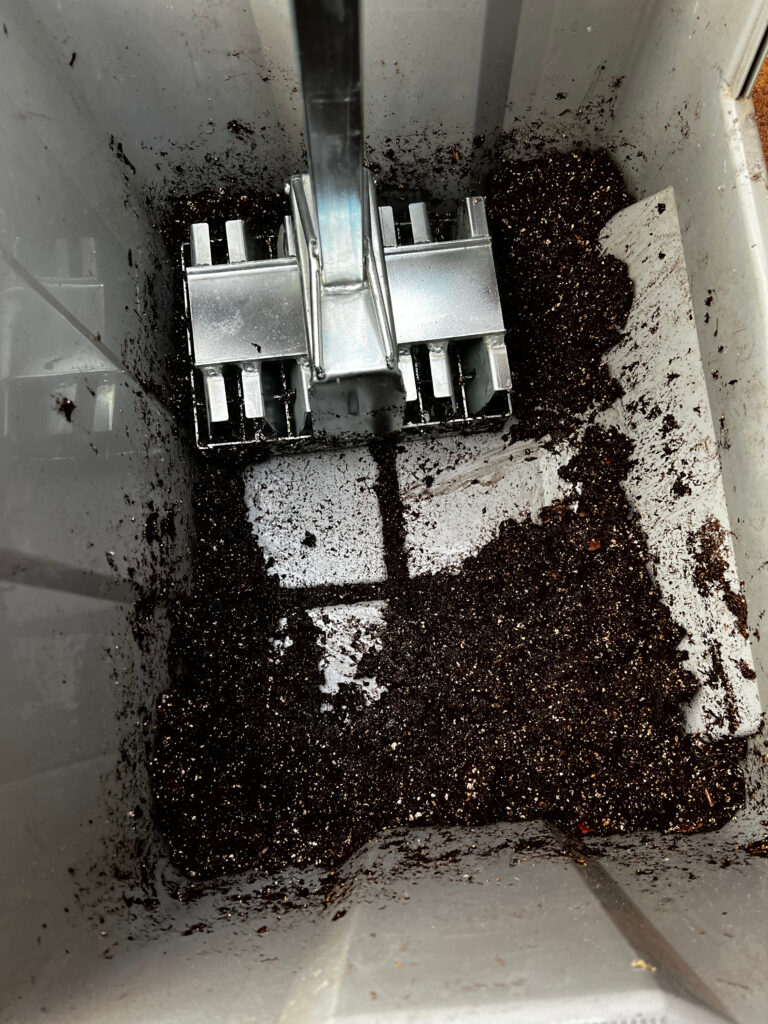
Questions People are asking about Soil Blocking Mixes
It’s not recommended. Garden soil can contain pests, diseases, and weed seeds, which can harm your seedlings. It’s best to use a sterile soil mix for soil blocks.
If stored in a cool, dry place, soil block mix can last for several months. However, it’s best to make fresh mix for each growing season for optimal results.
Yes, you can reuse soil block mix for a few seasons. After using it, allow it to dry out completely, then store it in a sealed container. Before reusing, moisten the mix and add fresh compost as needed.
It’s not necessary, as the compost provides enough nutrients for seedlings initially. However, you can add a diluted liquid fertilizer when watering if needed.
Yes, you can adjust the recipe based on availability and preferences. Just ensure the mix remains light, airy, and well-draining.
Pin this Recipe for later!

Other Gardening Posts:

Affiliate Disclosure & Content Disclaimer
This post may contain affiliate links from a paid sponsor, Amazon or other program. When you use these links to make a purchase I earn a small commission at no extra cost to you. This allows me to continue creating the content that you love. The content in this article is created for information only and based on my research and/or opinion.
Emily T.
DAILY INSPIRATION ON THE GRAM @hearty.sol
it's hip to be square!
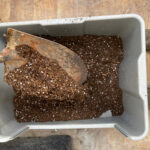
View comments
+ Leave a comment